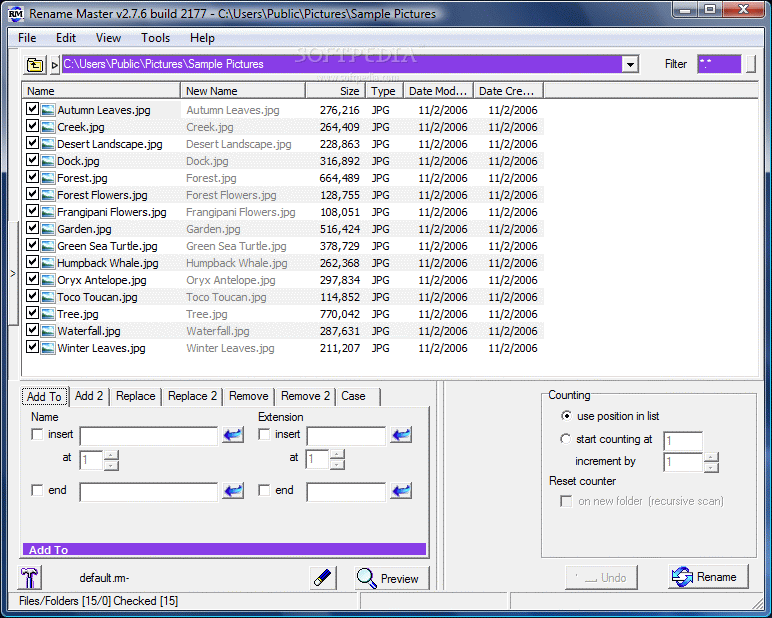
To relate back to the three types of hostnames, this is your transient hostname. If you want to rename multiple user accounts at once, you use the following syntax: RENAME USER olduser1 TO newuser1, olduser2 TO newuser2. This command displays the system's fully qualified domain name (FQDN). The most basic command used to see this information is hostname -f.
#LINUX RENAME USER HOW TO#
Now, let's look at how to view your current hostname. As most standard utilities rename can be used with a terminal device (tty in short) in canonical mode, where the line is buffered by the tty and you press ENTER to validate the user input. Allow the transient and static names to be variations on the pretty, and you will be good to go in most circumstances. It is recommended to pick a pretty hostname that is unique and not easily confused with other systems.

I have experienced multiple instances of companies changing the hostnames or IPs of storage servers and then wondering why their data replication broke. This information is especially important to make a note of when working on a remotely managed system. Hostnames are the designations by which we separate systems into easily recognizable assets. As you can see in the screenshot above, I changed to user prakash from user abhishek in the terminal.
#LINUX RENAME USER PASSWORD#
Your hostname is a vital piece of system information that you need to keep track of as a system administrator. All you need to do is to know the unsername and its account password and you can switch users with su command: su anotherusername You’ll be asked to enter the password of the user you want to switch to. Linux system administration skills assessment.A guide to installing applications on Linux.

#LINUX RENAME USER DOWNLOAD#
Download RHEL 9 at no charge through the Red Hat Developer program.


 0 kommentar(er)
0 kommentar(er)
